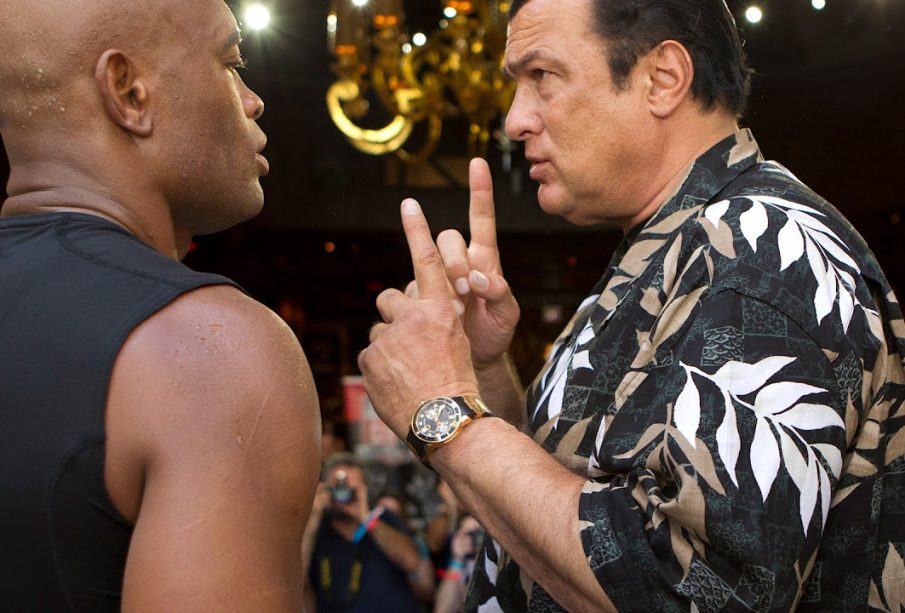Steven Seagal: The Journey of a Martial Arts Film Legend

Introduction
Steven Seagal, an American actor, producer, and martial artist, has made a significant mark in the action film industry since the late 1980s. Known for his unique blend of martial arts and action cinema, Seagal has become a household name, captivating audiences with his memorable roles and distinctive fighting style. His importance in pop culture and influence on martial arts portrayed in films makes him a relevant figure to explore, especially in the context of today’s evolving film landscape.
Career Highlights
Seagal made his film debut in 1988 with Above the Law, which introduced him as a new breed of action hero. His background in aikido, a Japanese martial art, set him apart from his contemporaries, showcasing a fighting style that was less about brute force and more about technique and precision. This approach resonated with audiences and led to a series of successful films throughout the late ’80s and early ’90s, including Hard to Kill, Marked for Death, and Under Siege. The latter not only reinforced his status as a leading action star but also garnered critical acclaim, demonstrating his ability to blend drama with high-octane action.
Later Years and Ventures
As the film industry evolved, Seagal’s career faced challenges. Despite the rise of younger action stars, he continued to release films and ventured into television, including the reality series Steven Seagal: Lawman, where he showcased his role as a reserve deputy sheriff. Seagal’s interests extend beyond acting; he also pursued music and even international diplomacy, strengthening his public persona as a multifaceted individual. In recent years, he has faced controversies, including allegations of sexual harassment and criticisms regarding his ties with certain foreign governments, which have somewhat overshadowed his cinematic achievements.
Conclusion
In retrospect, Steven Seagal remains an iconic figure within the realm of action cinema, whose contributions have shaped the genre to a significant extent. While varying opinions about his off-screen antics may colour his legacy, his influence on martial arts in films and dedication to showcasing alternative fighting styles have left an enduring impact. Looking ahead, Seagal’s exploration of new media platforms and potential return to mainstream cinema may inspire a new generation of fans while reminding older audiences of his unique contributions to film history. As the entertainment industry continuously adapts, it will be interesting to see how Seagal navigates his path forward and maintains relevance in a rapidly changing landscape.









